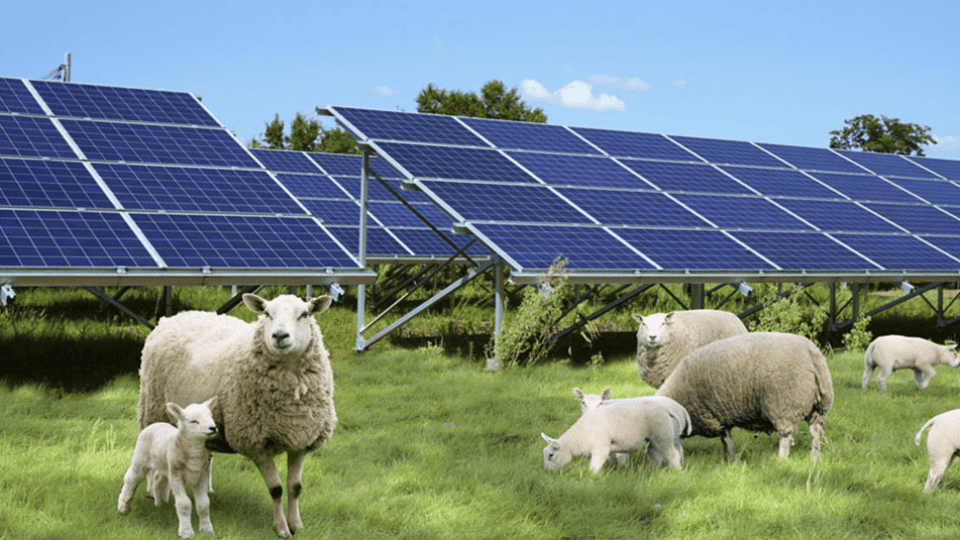A Japanese megabank is tapping into what may be the country’s first solar panel farm located in a sheep pasture for renewable energy to power buildings housing the bank’s domestic branches.
As part of its efforts to reduce carbon emissions, MUFG Bank has signed a contract with Osaka Gas Co. and Machiokoshi Energy Co. for the bank to receive electricity generated from an 89-hectare pasture in the coastal town of Shiranuka in Hokkaido.
The farm is expected to produce about 19 gigawatt-hours annually, enough to power about 4,000 Japanese households a year.
Machiokoshi Energy, a local power generation business based in Hyogo Prefecture, says the “solar grazing” setup offers mutual benefits to sheep and the solar panels.
The sheep are likely to keep running costs down by eating weeds, which can hamper solar panel efficiency, while the shade under solar panels lets them escape the sun and graze more, the company said.
Under a tripartite deal dated July 26, Osaka Gas will buy the entire generated supply and distribute it to MUFG Bank for 20 years as electricity with a “nonfossil certificate” confirming it is from a renewable source.
Once the supply starts from July 2026, MUFG Bank is set to use it to power branches located in rented properties to cut its annual greenhouse gas emissions by around 20 percent. The company has already switched its own buildings’ energy supplies to renewable sources.
While initiatives to grow crops such as potatoes under solar panels have increased in recent years, Machiokoshi Energy says the pasture-based combination is likely to be a first for Japan.
“There’s a lot of unused land in Hokkaido, but it’s easy to go into the red when reopening farms,” said Shoji Numata, the firm’s head. “By combining livestock business with solar power generation, it’s possible to more than double the income,” he added.

